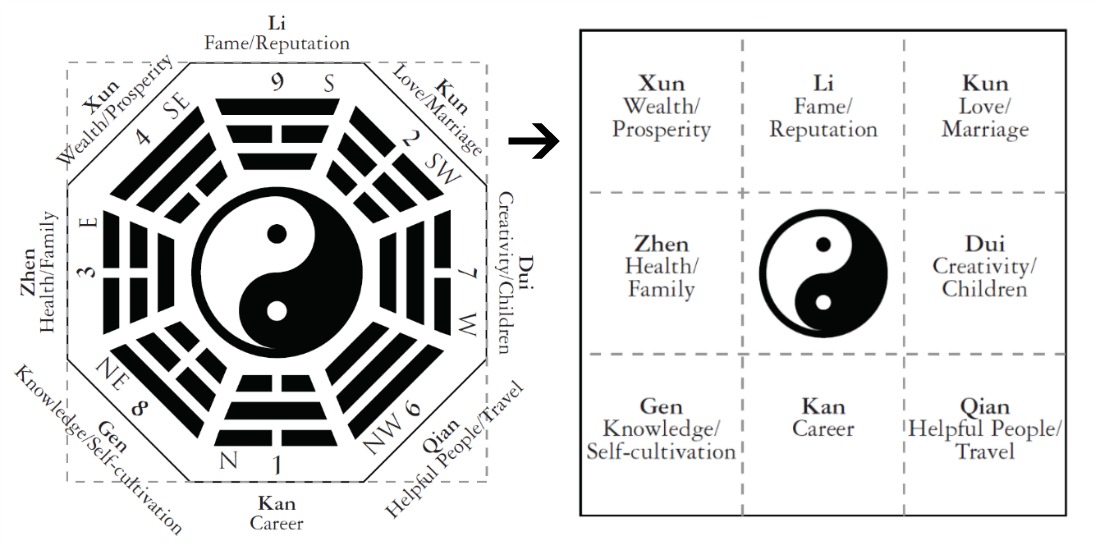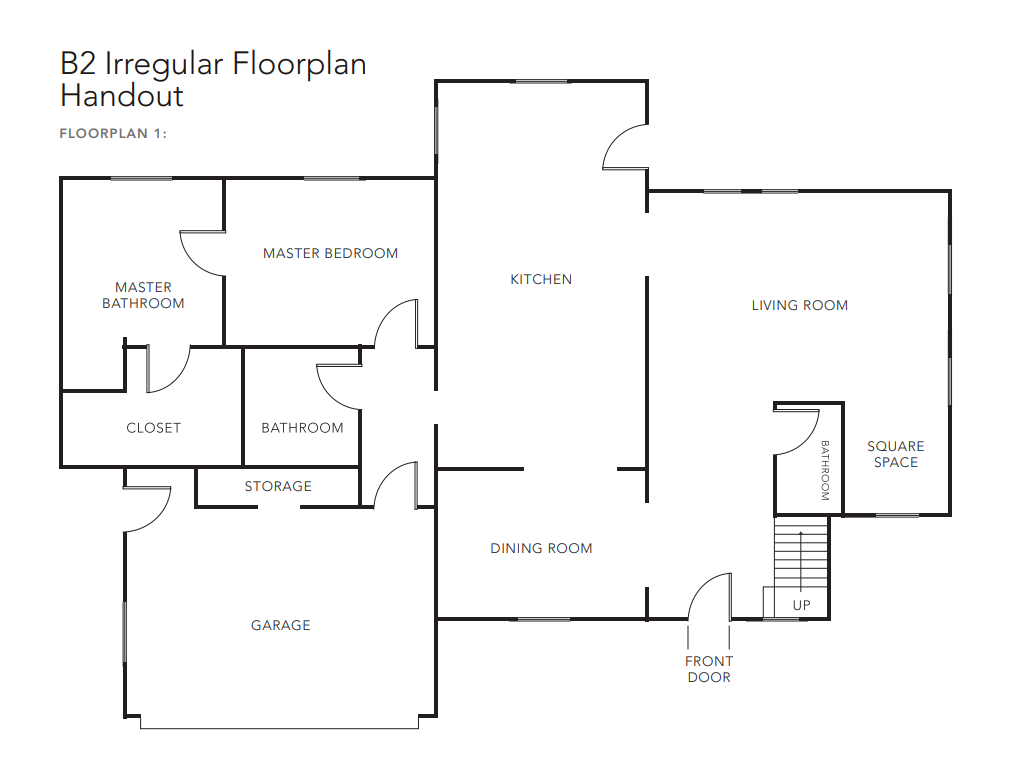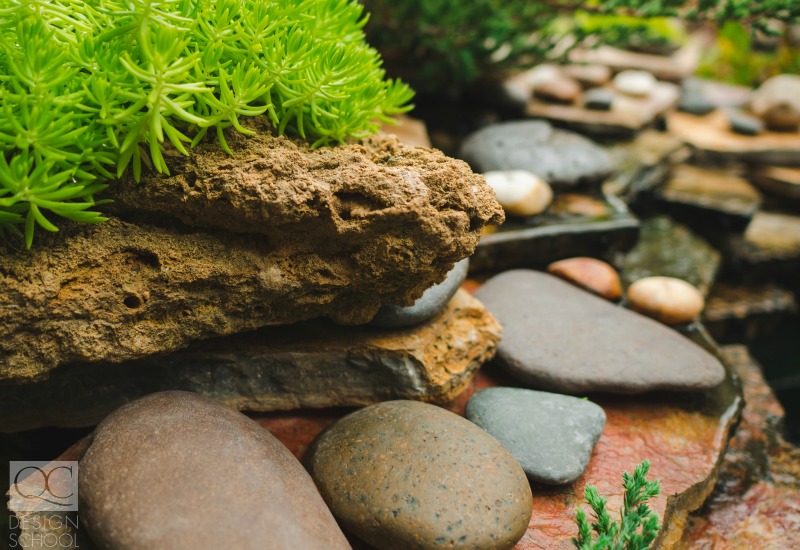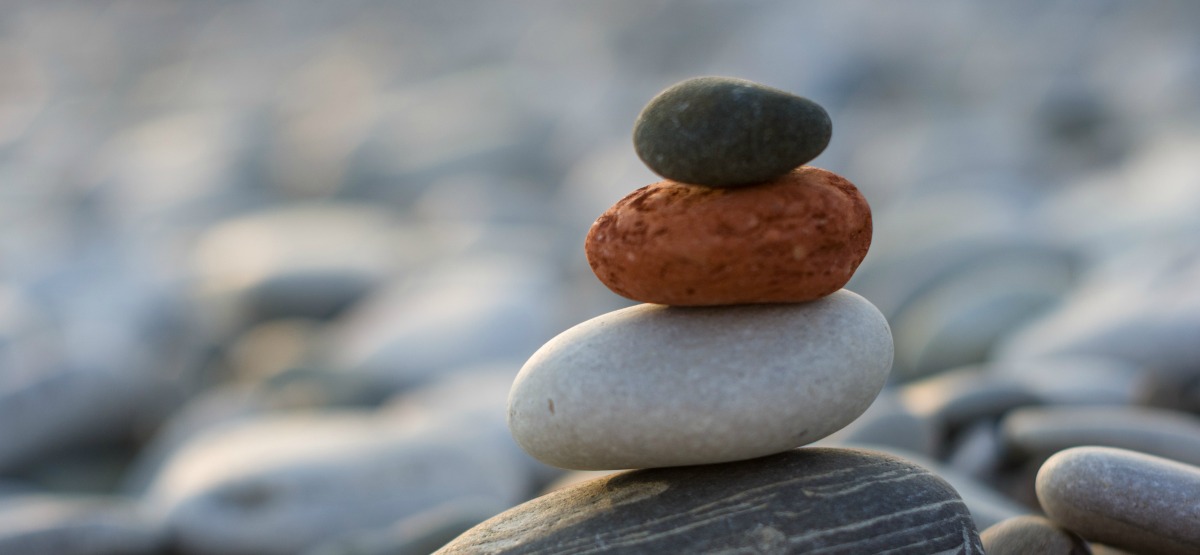Thinking about starting a career in feng shui design? Feng shui is similar to other residential design and decorating fields. Does decluttering and re-optimizing a space to fit its use sound familiar? But feng shui design goes beyond aesthetics. Applying feng shui principles will improve your clients’ health, success, and overall happiness. That’s where the Bagua map comes in! The map tells you exactly where you can make improvements to facilitate positive opportunities for the homeowner.
If you’ve never heard of a Bagua map before, you may find it intimidating to work with. After all, the map looks fairly complex. By now, you should have already learned what the Bagua map is, and how to read the different Guas. There’s more to the trade than reading the map. As a feng shui design student, you’ll have to learn to draw it!
Keep reading for some helpful tips and tricks as you complete your Bagua map drawing assignments!
Unit B Assignments
Unit B assignments teach you how to draw a Bagua map and interpret readings with case studies. In this unit, you’ll learn how to draw Bagua maps on pre-made floor plans. You won’t always have access to pre-made drawings, so you’ll learn how to draw your own in later units.

B1: Drawing the Bagua Map
This assignment introduces you to drawing Bagua maps. To get you started, you’ll be working with a relatively regular floor plan. This plan is pared down. There are no measurements or furniture pieces included. This way, you’ll be able to see the most stripped down, fundamental aspects of a plan first. In the future, you’ll work with detailed drawings—even drawings you’ll create yourself!
You’ll notice that this regular floorplan still isn’t perfectly rectangular—just like the homes of clients you’ll work with in the industry! Start at the bottom of the floorplan as it’s where the front door lies. The door should align with the career Gua. From there, you’ll be able to orient the rest of the Guas around it.
You may want to print off extra copies of the floorplan and Bagua map template. You can then compare the original maps with the one you’re working on to keep yourself on track! Make sure that you start using a pencil before going in with your marker. Drawing perfect lines and proportions on your first try isn’t easy!
Fit the extensions and the missing areas within the square map that you draw. The most critical tip we can give you is that you need to ensure each Gua is equal in size! Use a ruler and measure line placement before you draw them! You’ll be able to have an accurate reading of the types of Guas acting on each room and measure the dimensions of extended or missing areas.

B2: Irregular Floorplans
The floorplans you’ll be working with here aren’t as easy to work with as they’re irregularly shaped. You will find yourself shading off multiple areas and excluding them from the borders your Bagua map—this is normal. Remember that Guas should all be equal in size. Using your standard ruler to draw these lines will prevent confusion of the Bagua map lines with the floorplan lines.
How can you tell whether an area of the floorplan is an extension or missing area instead of being part of the larger structure? If the extended areas are less than 50% of the total length of the property on your scaled floorplan, then they aren’t part of the main structure! When you shade them in, you’re setting them apart from the main Bagua map drawing. That doesn’t mean that you don’t touch these rooms at all when doing your readings and applying cures. Extensions provide helpful boosts to the Guas they’re closest to.
On the other hand, indented areas that measure less than 50% of property’s length on the floorplan are included in the Bagua map. You still have to shade them in, though! Balancing these missing areas is important—you’ll learn how to do this later in the unit.

B3: Bagua Map Over a Landscape
Usually, you’ll exclude uncovered areas as well as the yard when drawing a Bagua map for your client. But if they want you to apply feng shui to their home and yard, you’ll need a deed map. A deed map locates the house and key landscape structures within the borders of your client’s entire property.
While the floorplan for B1 and B2 assignments exclude furniture, these types of details aren’t excluded in a landscape plan. Notice that the landscape plan template contains the house along with all the uncovered areas usually excluded from Bagua map plans such as the deck and driveway.
The natural landscape with its permanent and semi-permanent fixtures in the yard are crucial. Consider all the rocks and shrubs within the borders of the property. Remember that yards have extensions and missing areas as well. These may become apparent when you draw in the 9 equal sections!
Have another tip we missed? Let us know in the comments!



How about a floor plan with extended rental units with separate entry points? They are attached to the main structure. However, these units are mostly accessed from a separate entry door and not from the main house. Can these units be excluded from the main house bagua map or do they need to be included?